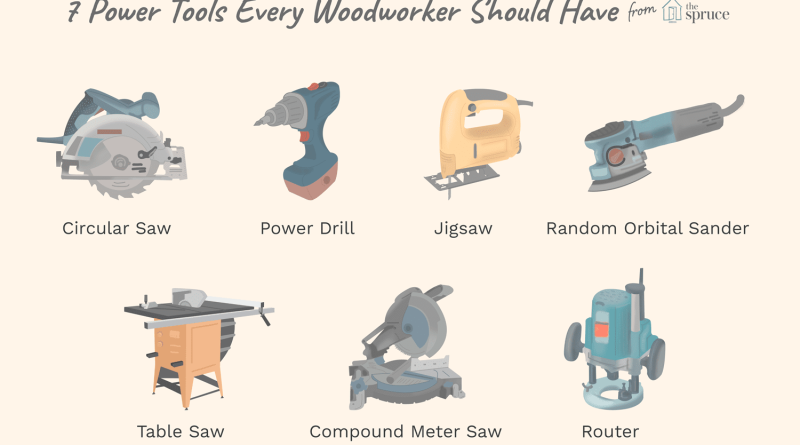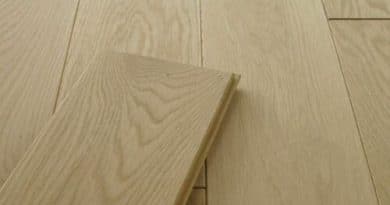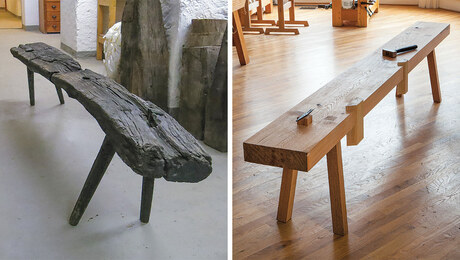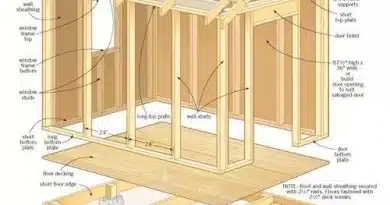A Quick Consumer Safety Guide to Basic Power Tools
Throughout your life, your mom has probably told you more times than you’d care to count, “It’s better to be safe than sorry!” Well, your mom’s right, especially when it comes to using power tools and their attachments. Below you will find some quick tips to properly use power tools, all created with your safety in mind:
We’re going to start our guide with a very basic philosophy- always wear the proper safety gear, including eyewear and hand protection. Goggles will keep your eyes safe and gloves will shield your hands from sparks, flying metal fragments, wood splinters, and dust that can easily fly through the air while you’re working with any power tool.
Your appearance should be the last thing on your mind, with safety being first. If you’re out trying to pick up a member of the opposite sex, please leave your power tools at home.
Our agenda now brings us to a few of the most common power tools on the market. We shall begin with the reciprocating saw, a very powerful hand-held tool used for dismantling entire structures and opening up walls. Keep them on while changing the breakable blades, as they get quite hot as they spin and can take a while to cool down.
The 6″ to 12″ blades are incredibly sharp, so always wear the proper hand protection. Always hold this tool with both hands in a firm grip. Never, under any circumstances, attempt to use a broken blade to cut anything, no matter how simple the job seems; it’s a good idea to keep a few spare blades around when you plan on using this powerful tool.
While we’re on saws, let’s go over safely using a miter saw (sometimes referred to as a chop saw). The particular power saw is used for somewhat tight work and/or detailing thanks to its ability to make sharp, accurate cuts. The miter saw should always be used while it’s raised off of the ground due to the chips of wood that fall out from underneath the tool. If the tool isn’t raised, it will clog and eventually break. And as with any saw, check the blade guard to make sure that it’s functioning properly, and be sure to cut on a sturdy surface.
My favorite tool, the router, is the best when it comes to shaping and detailing your wood projects. You might want to check out the depth setting on your router on a piece of scrap wood or metal before working on your project, as you could easily ruin your handiwork. Remember to keep your gloves and goggles on, start the tool at least 12″ away from your project and bring the tool’s spinning a bit slowly into your project. You’ll be safe, and so will your project, when you put safety first.




